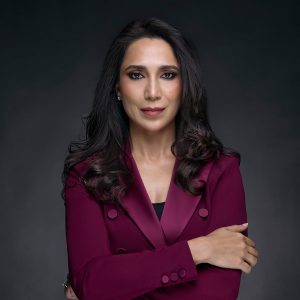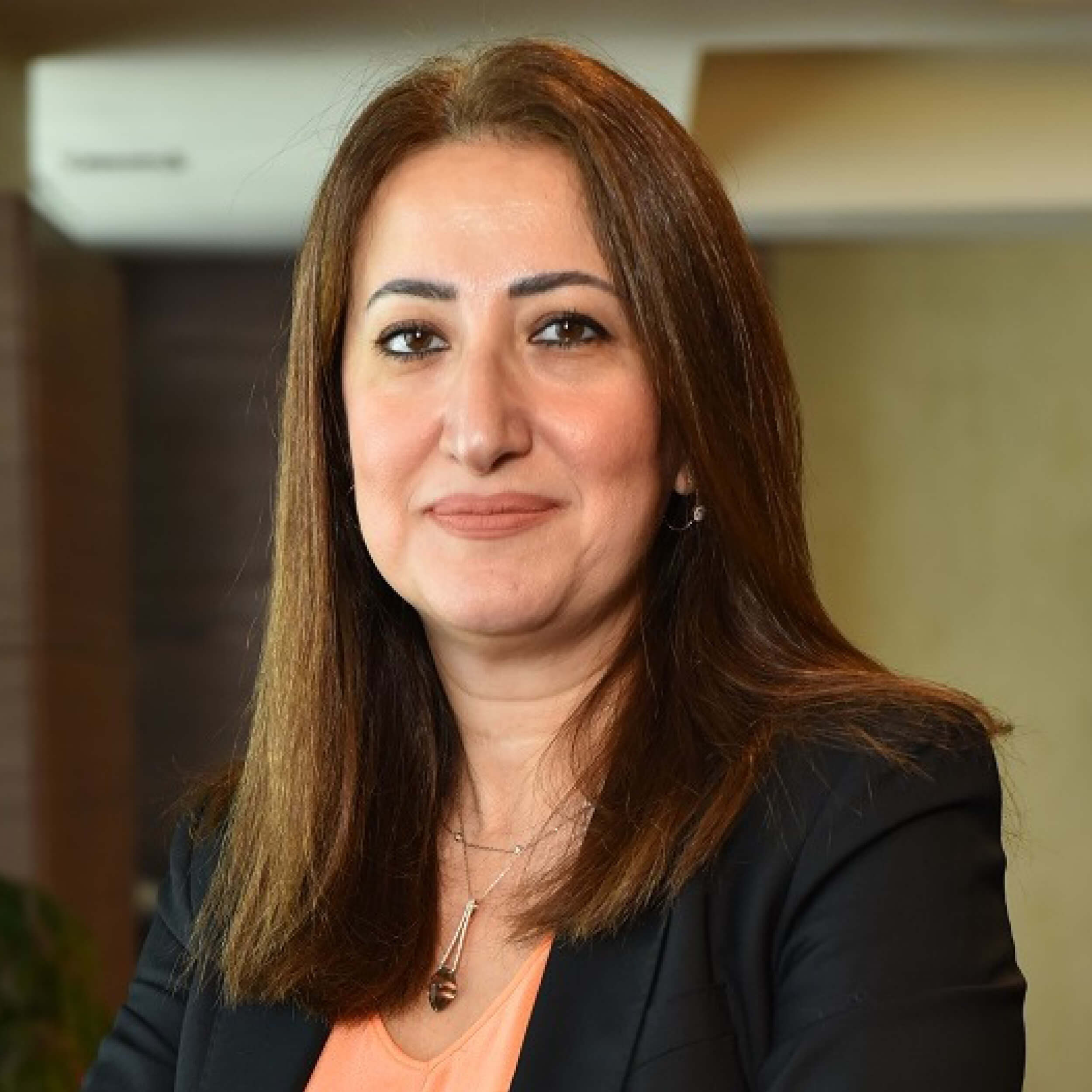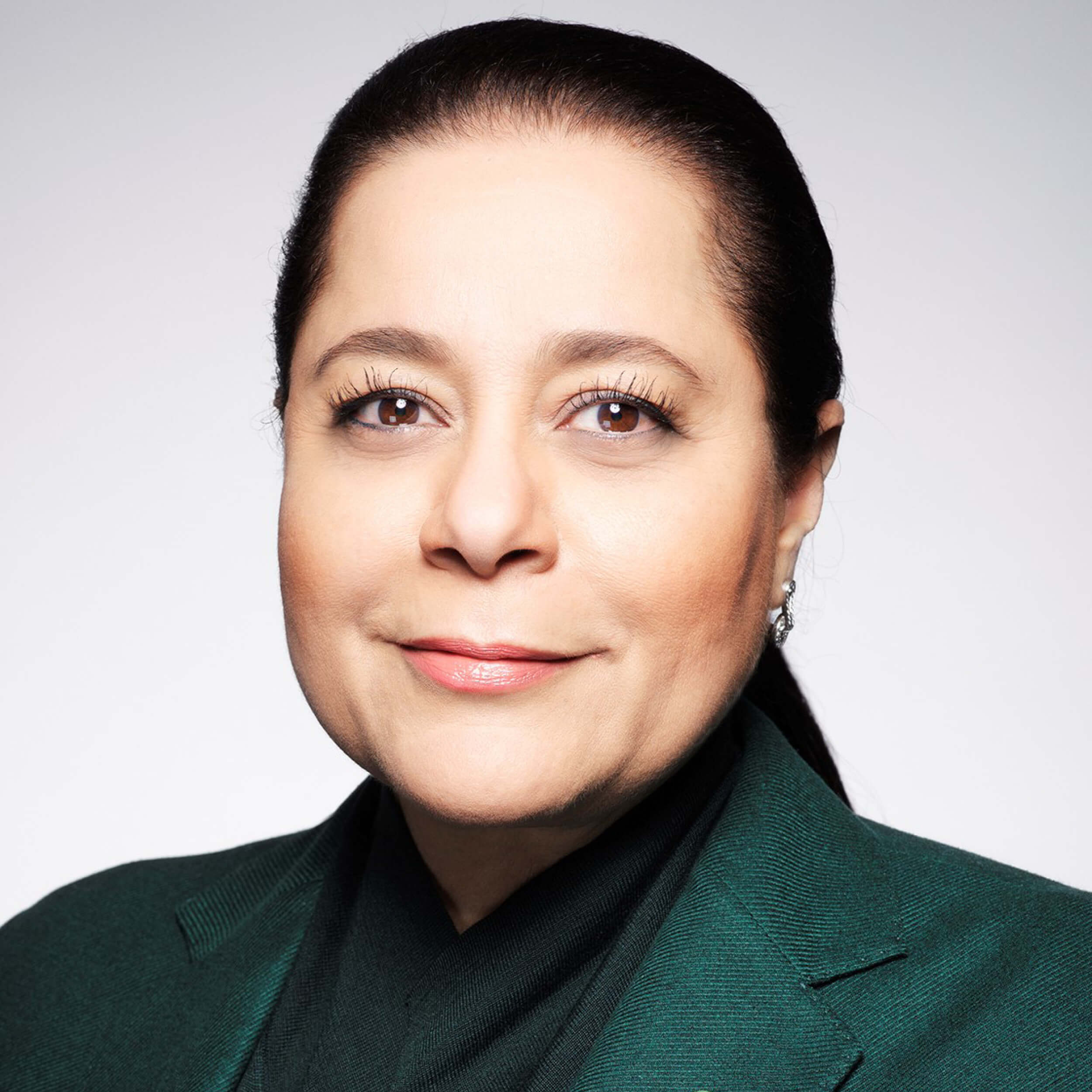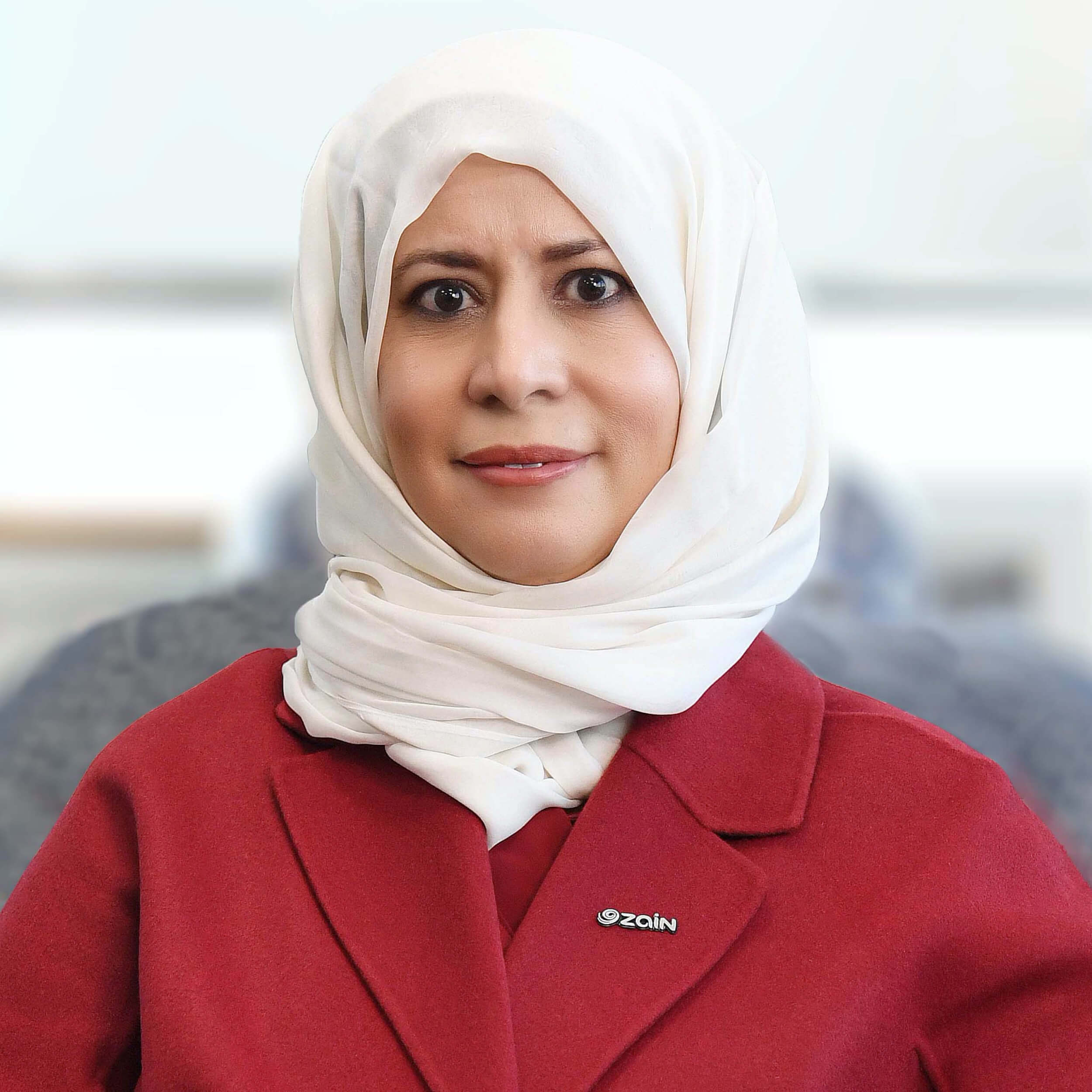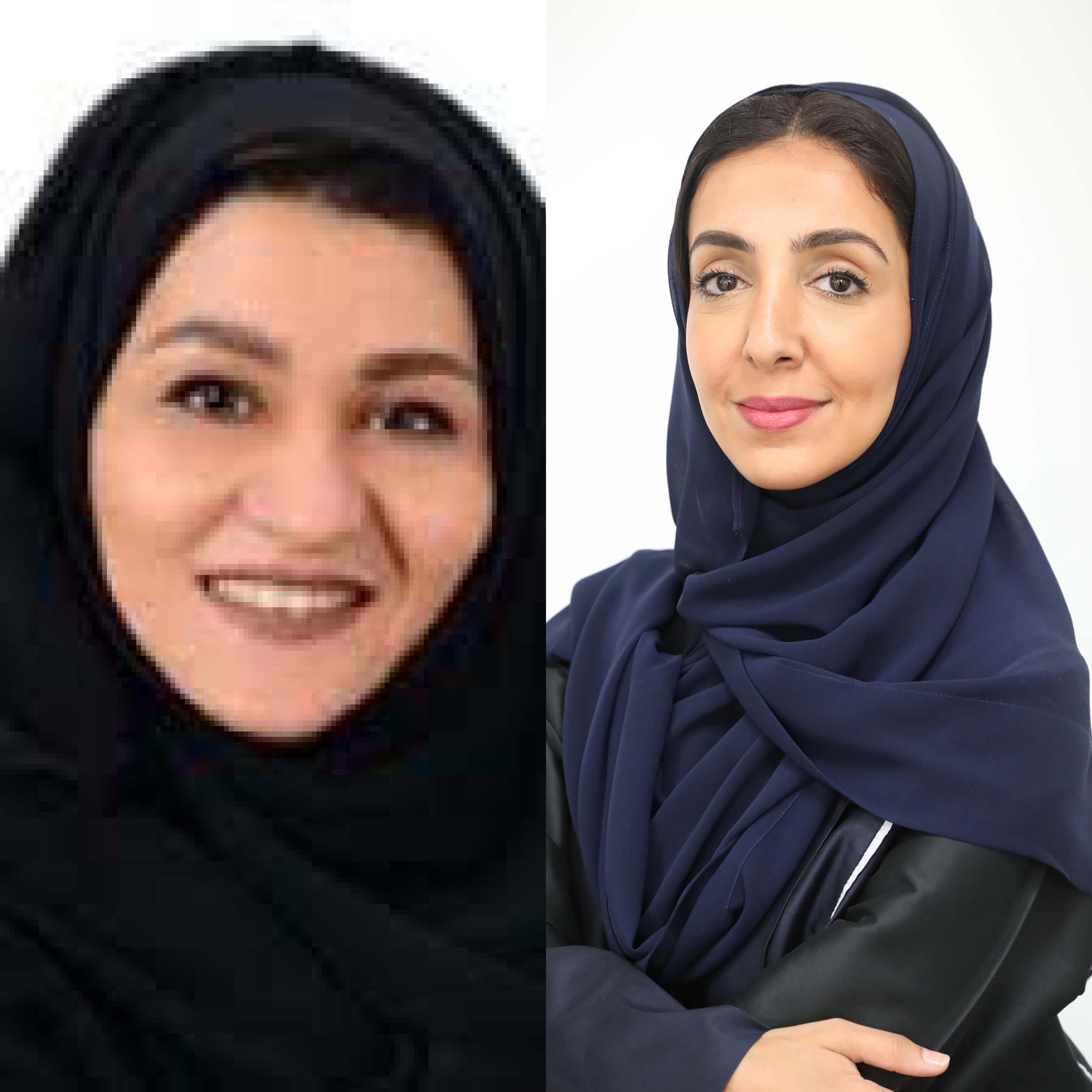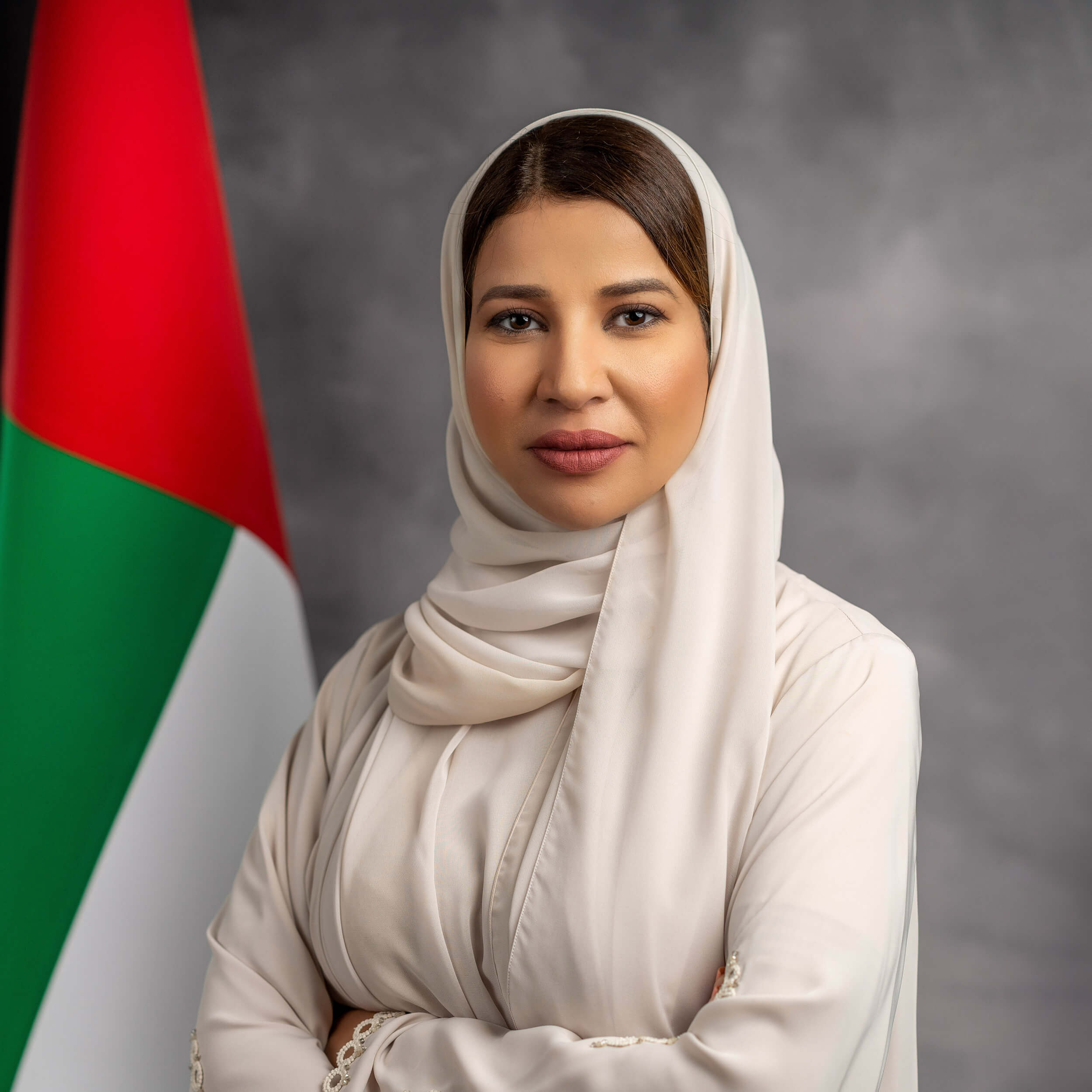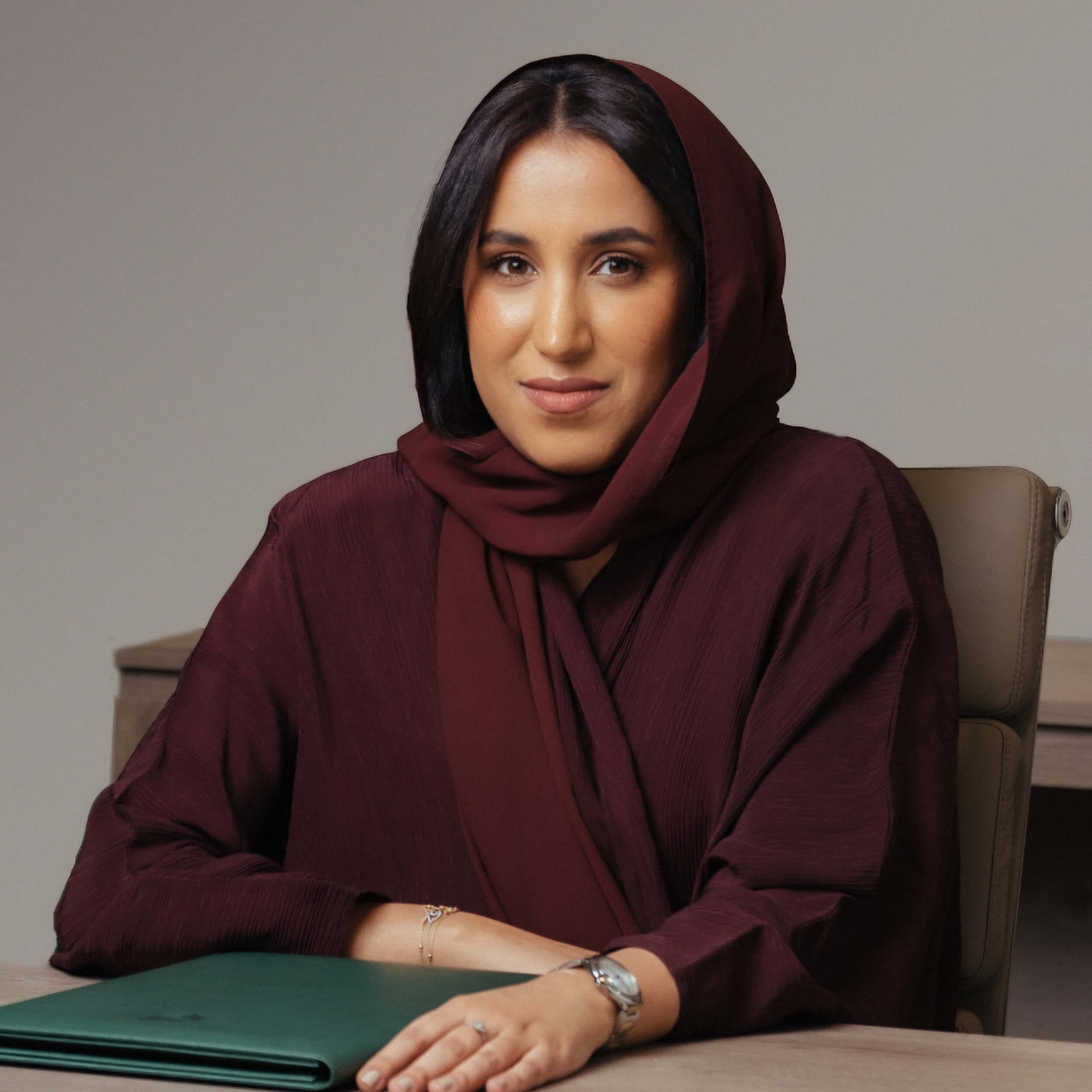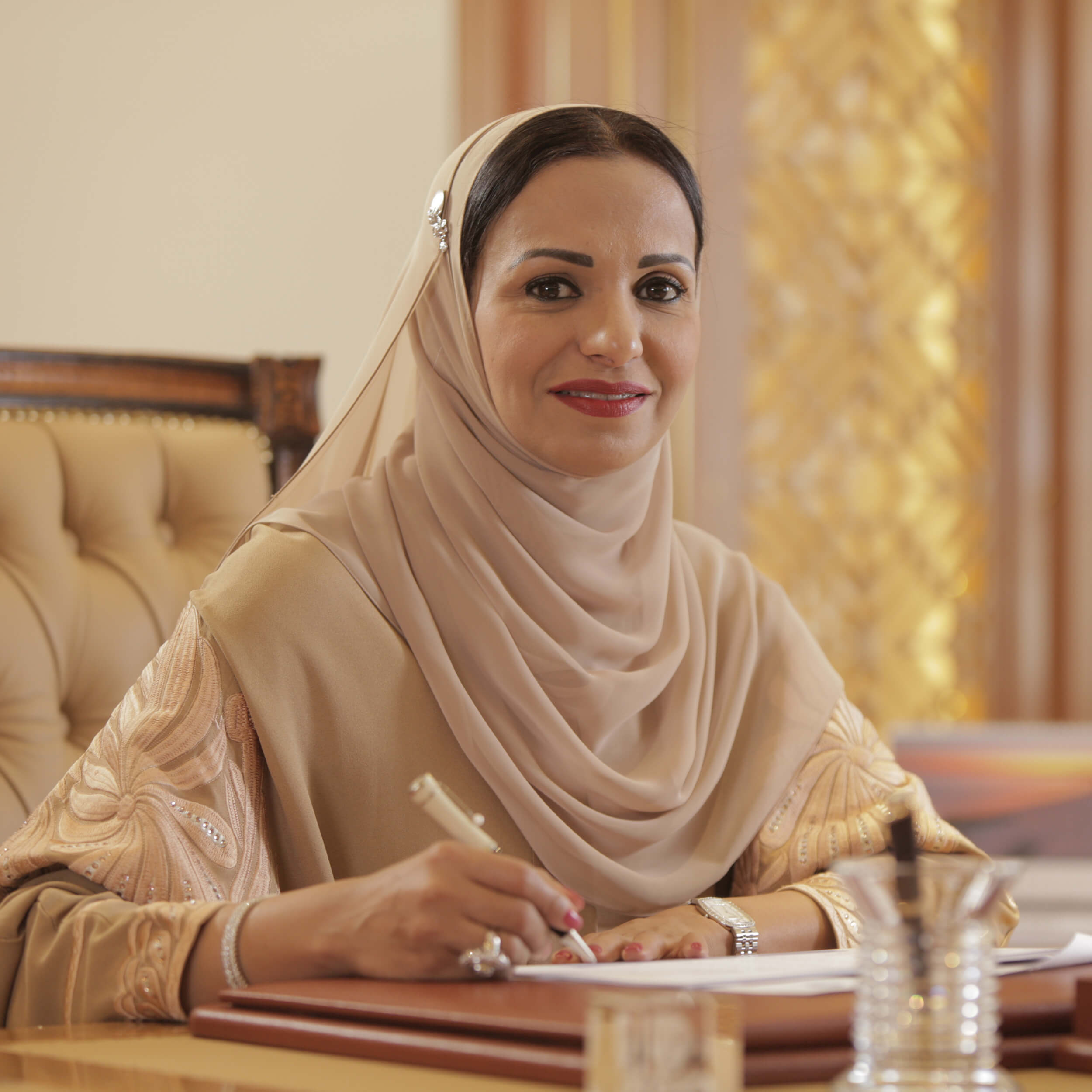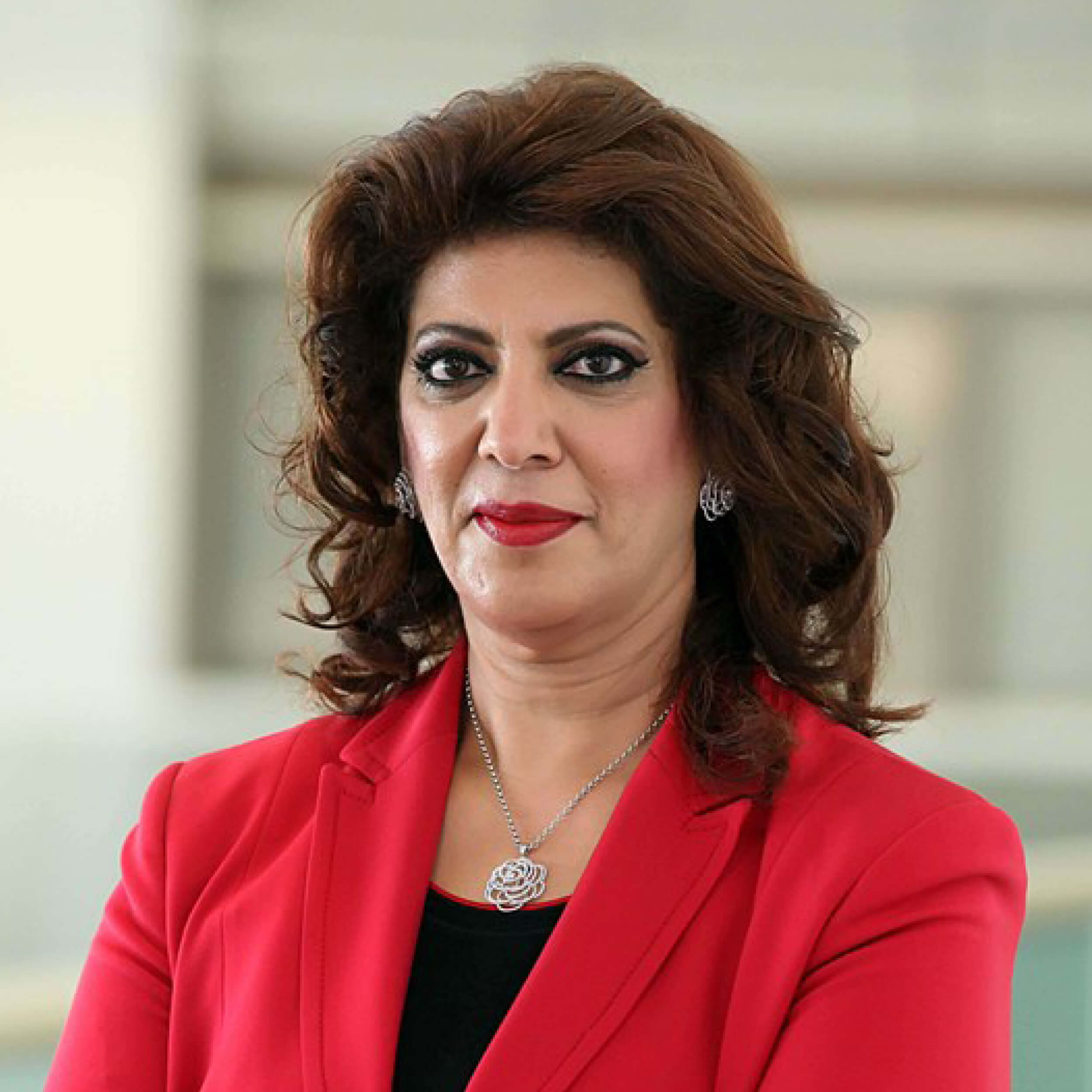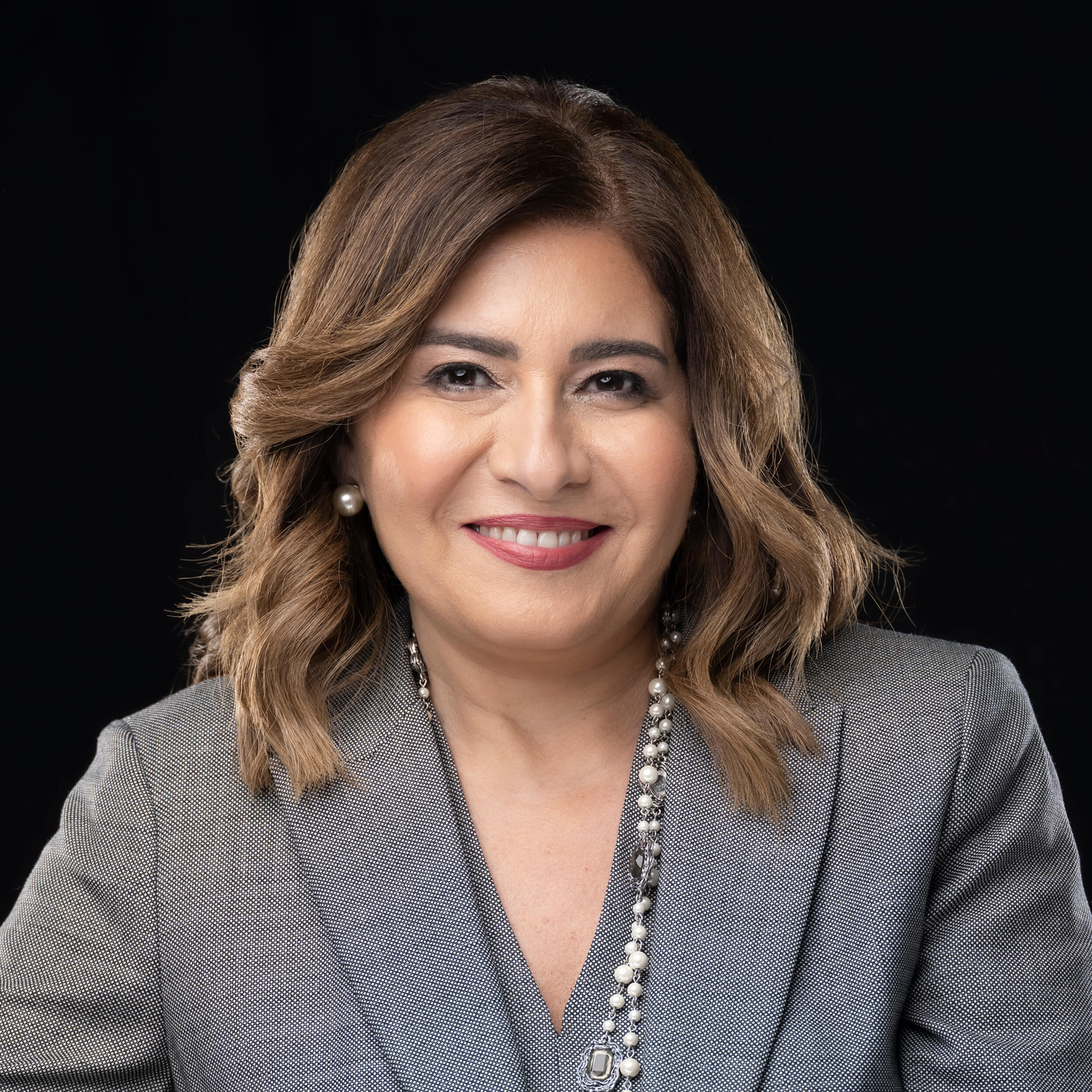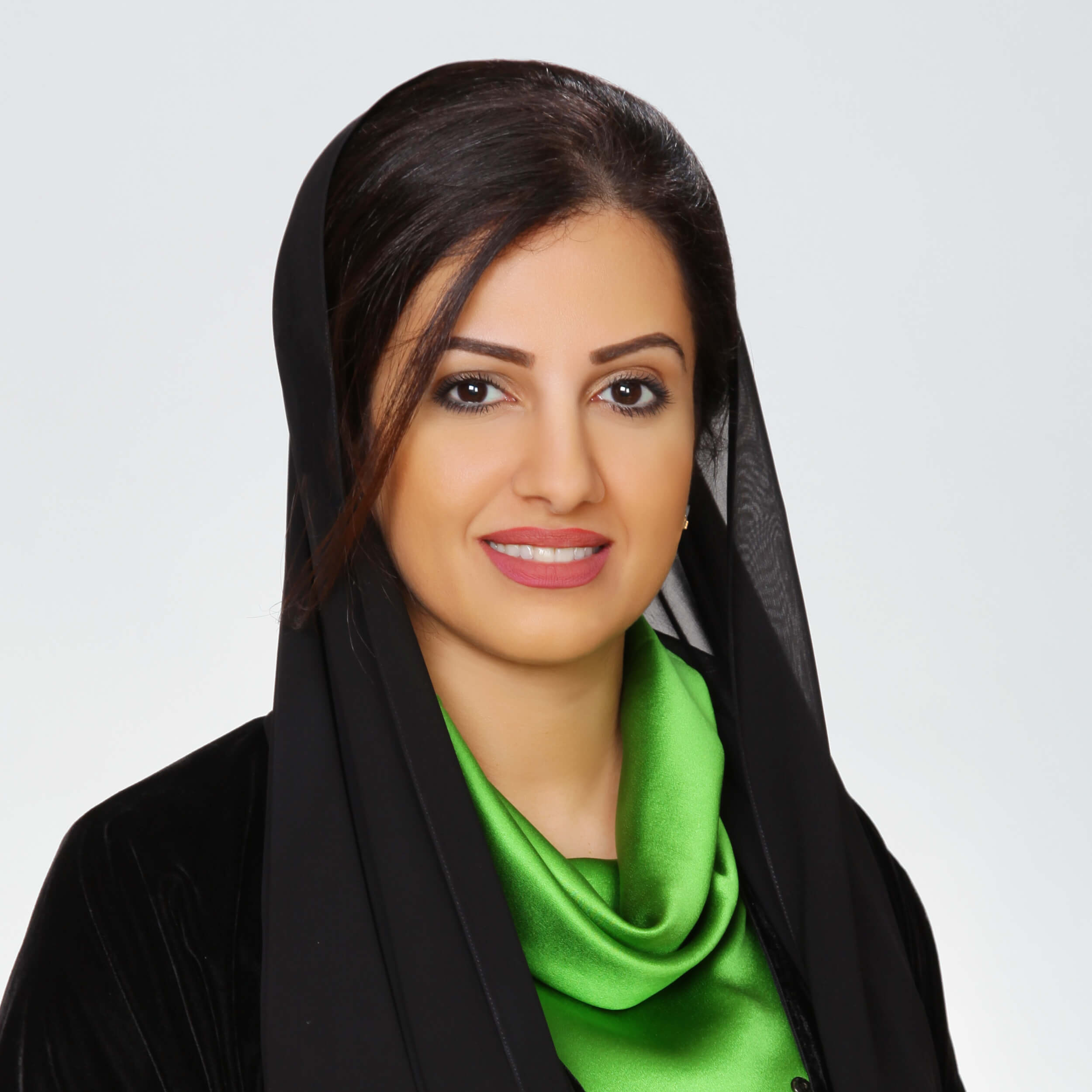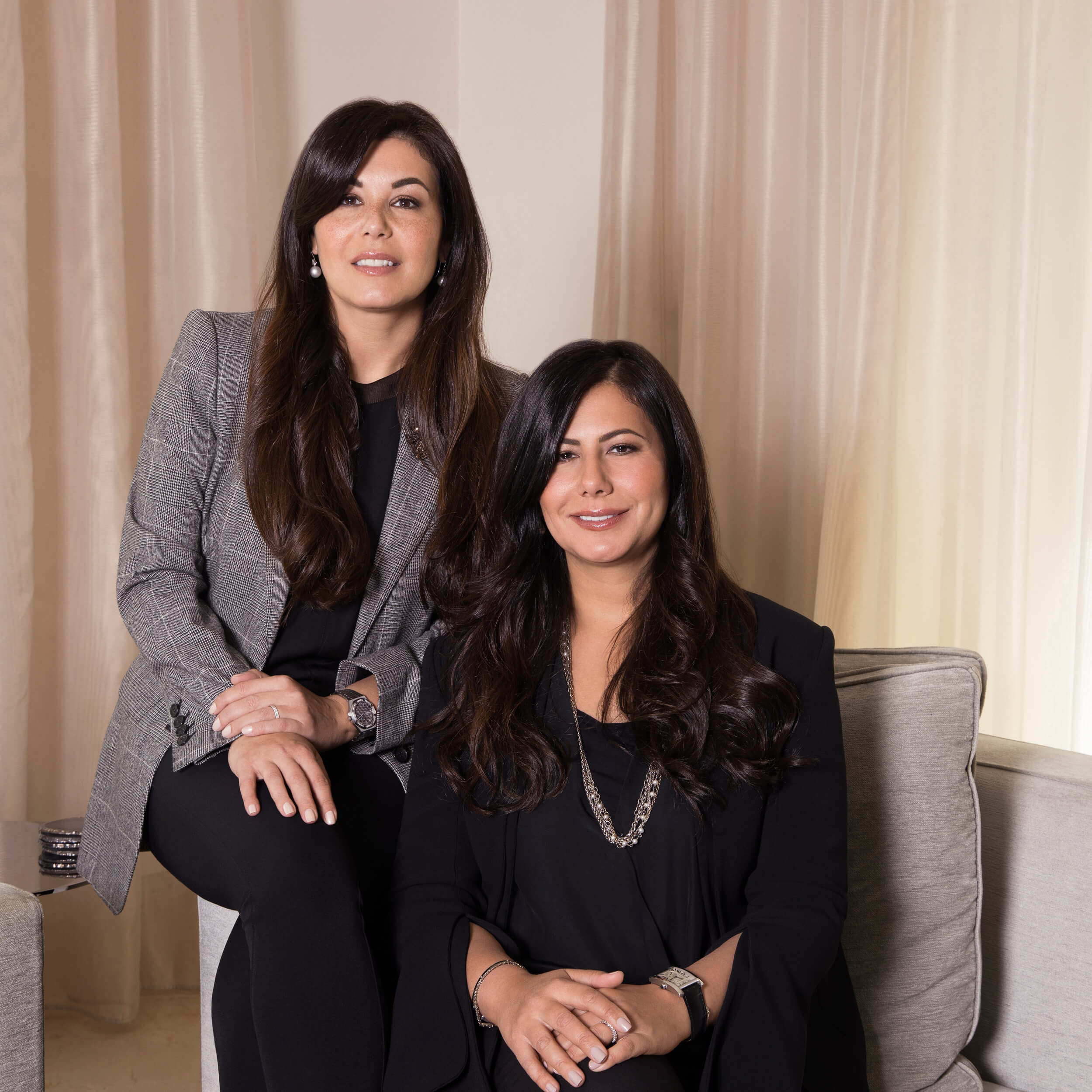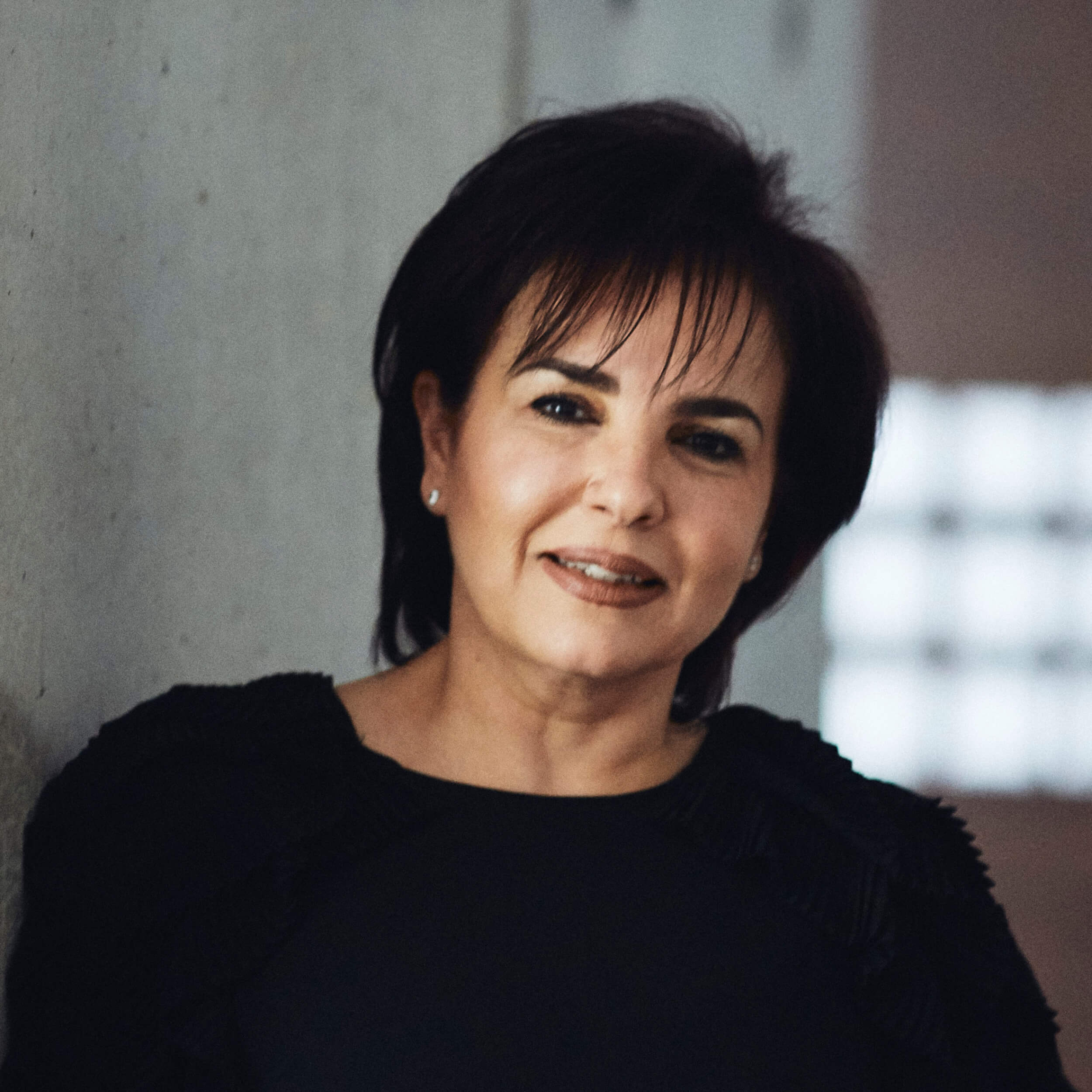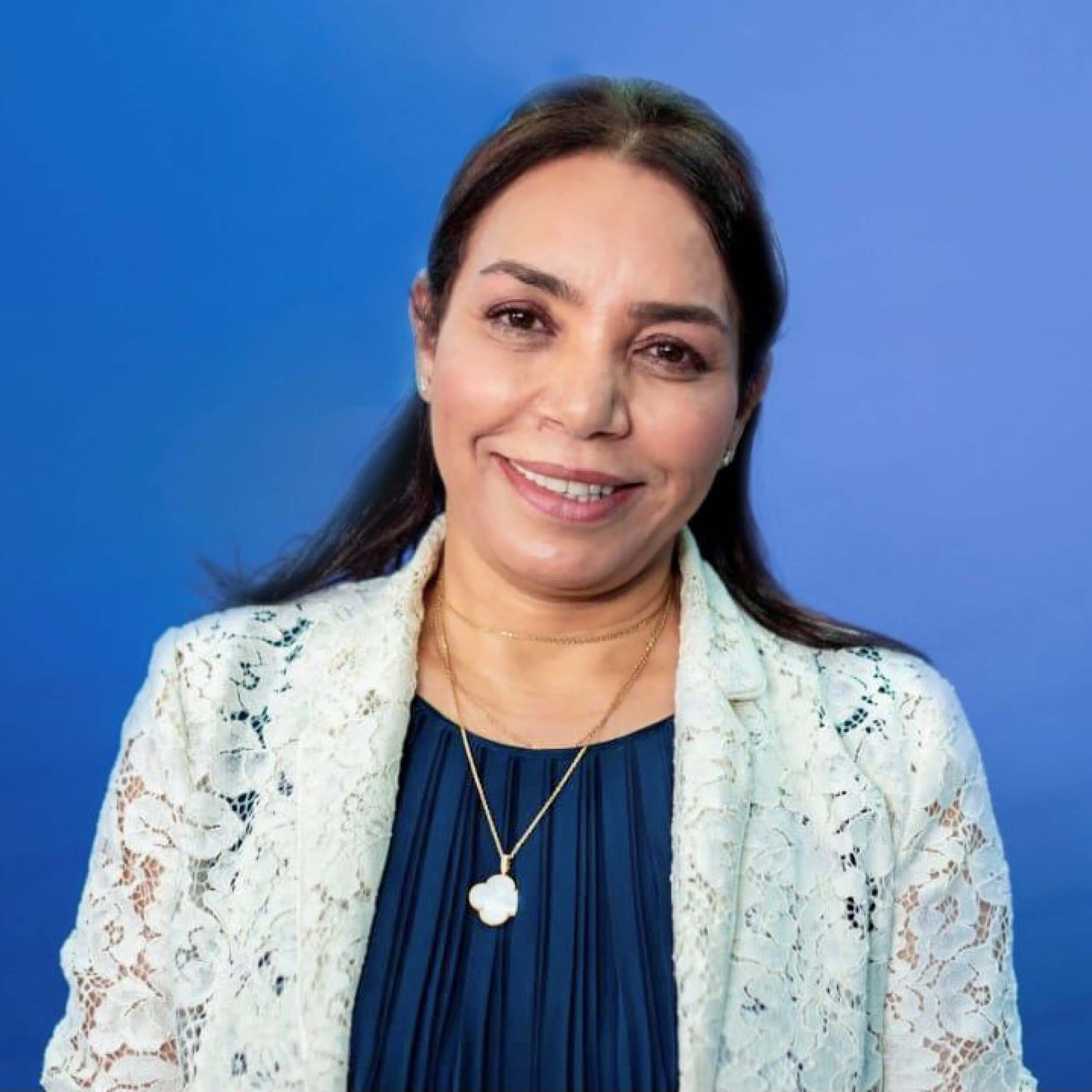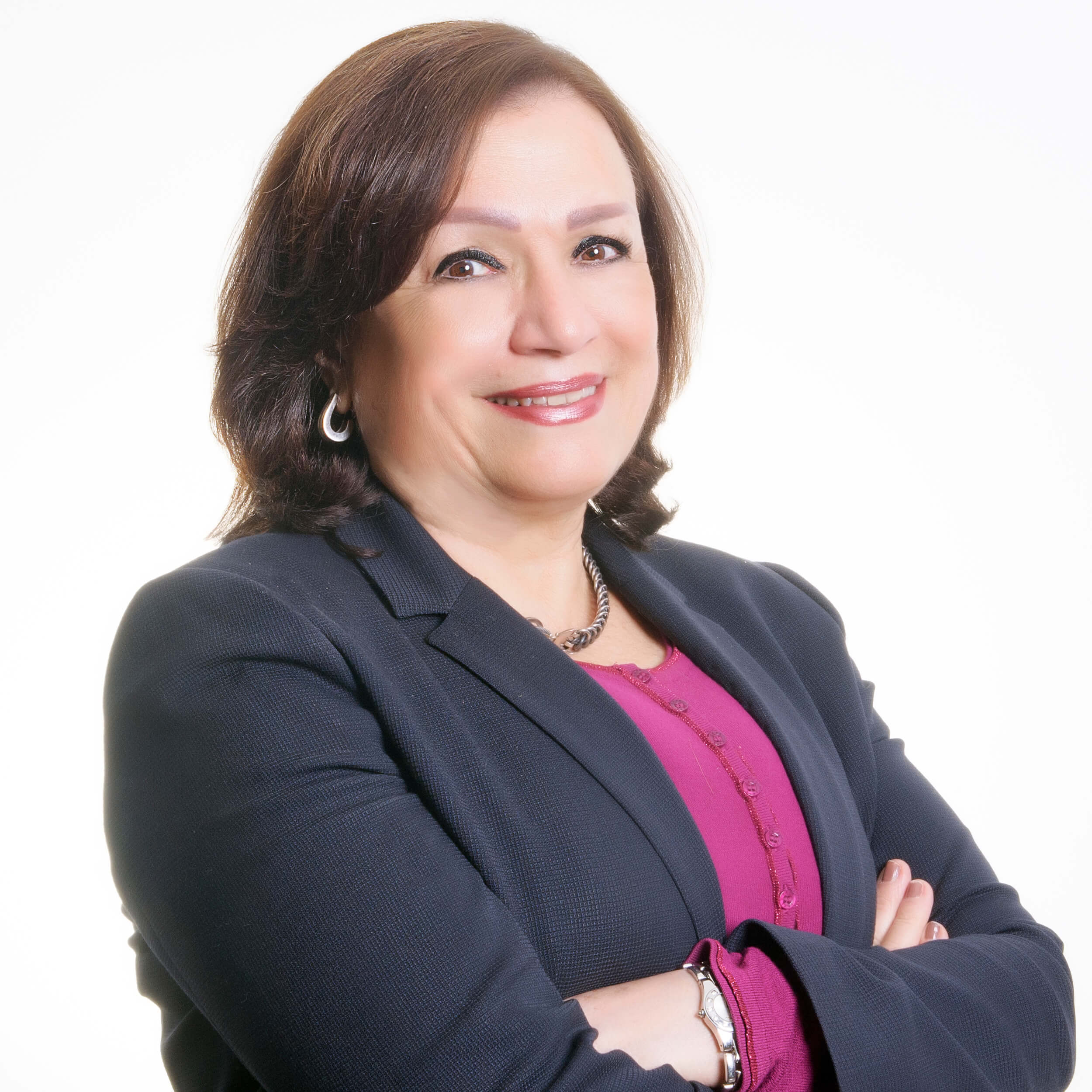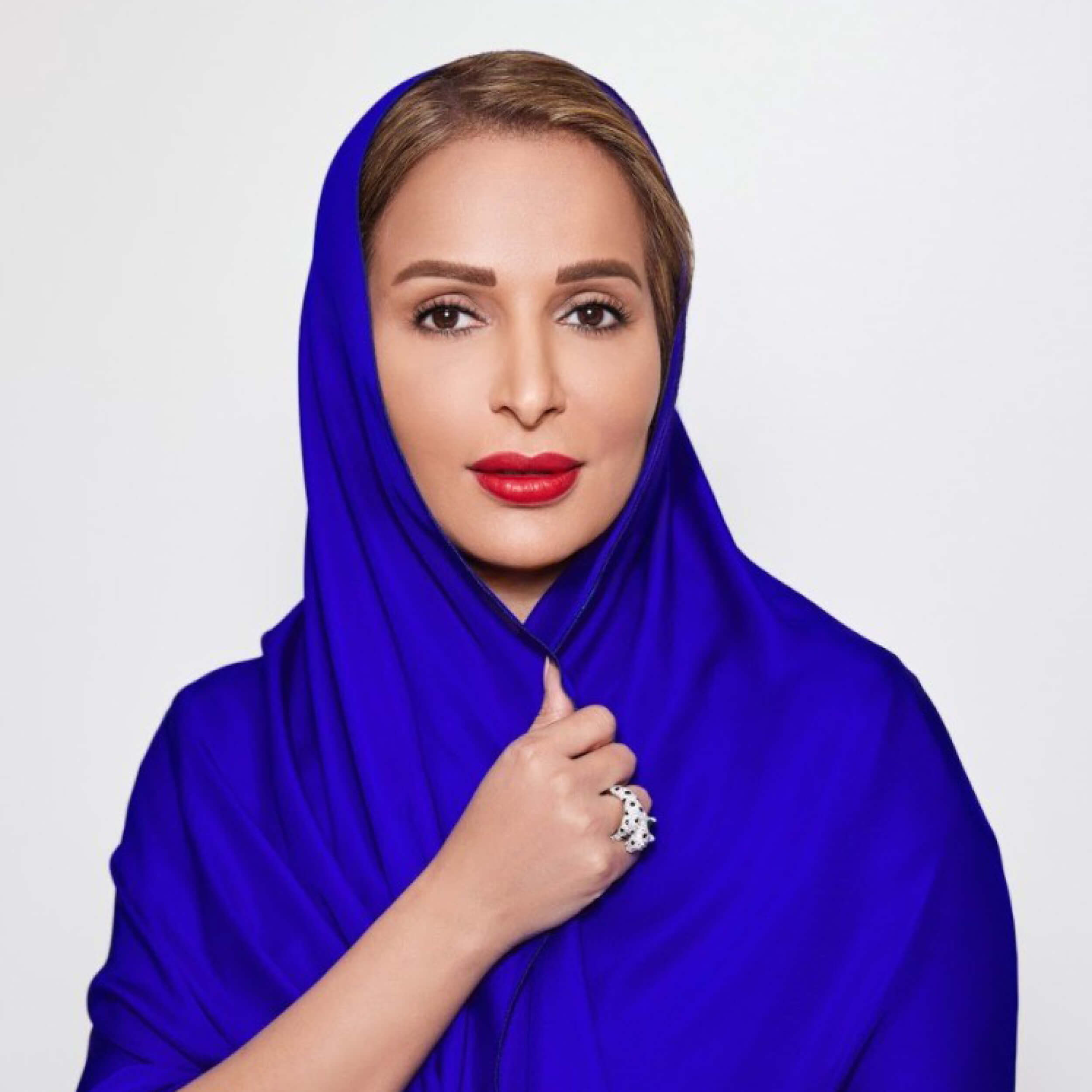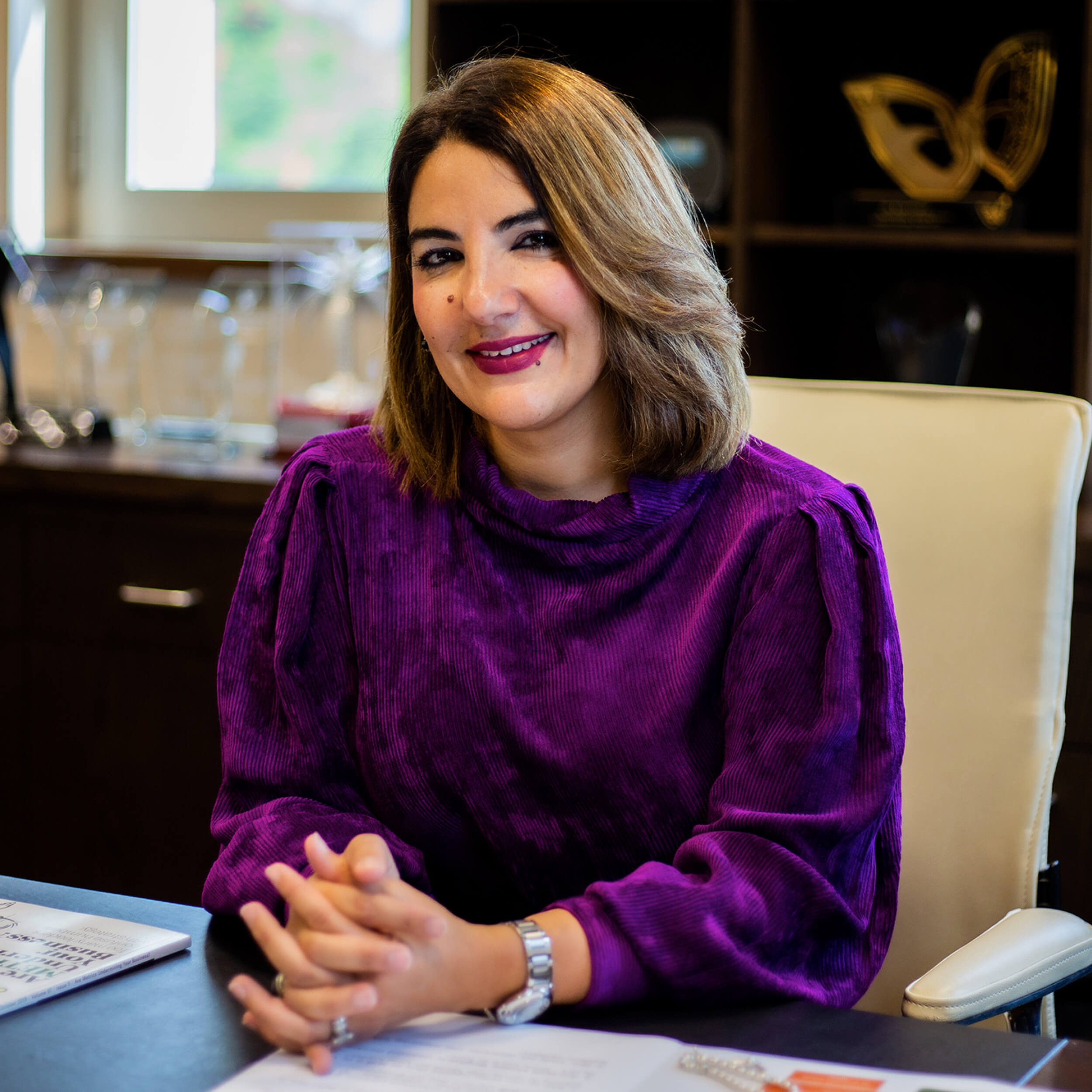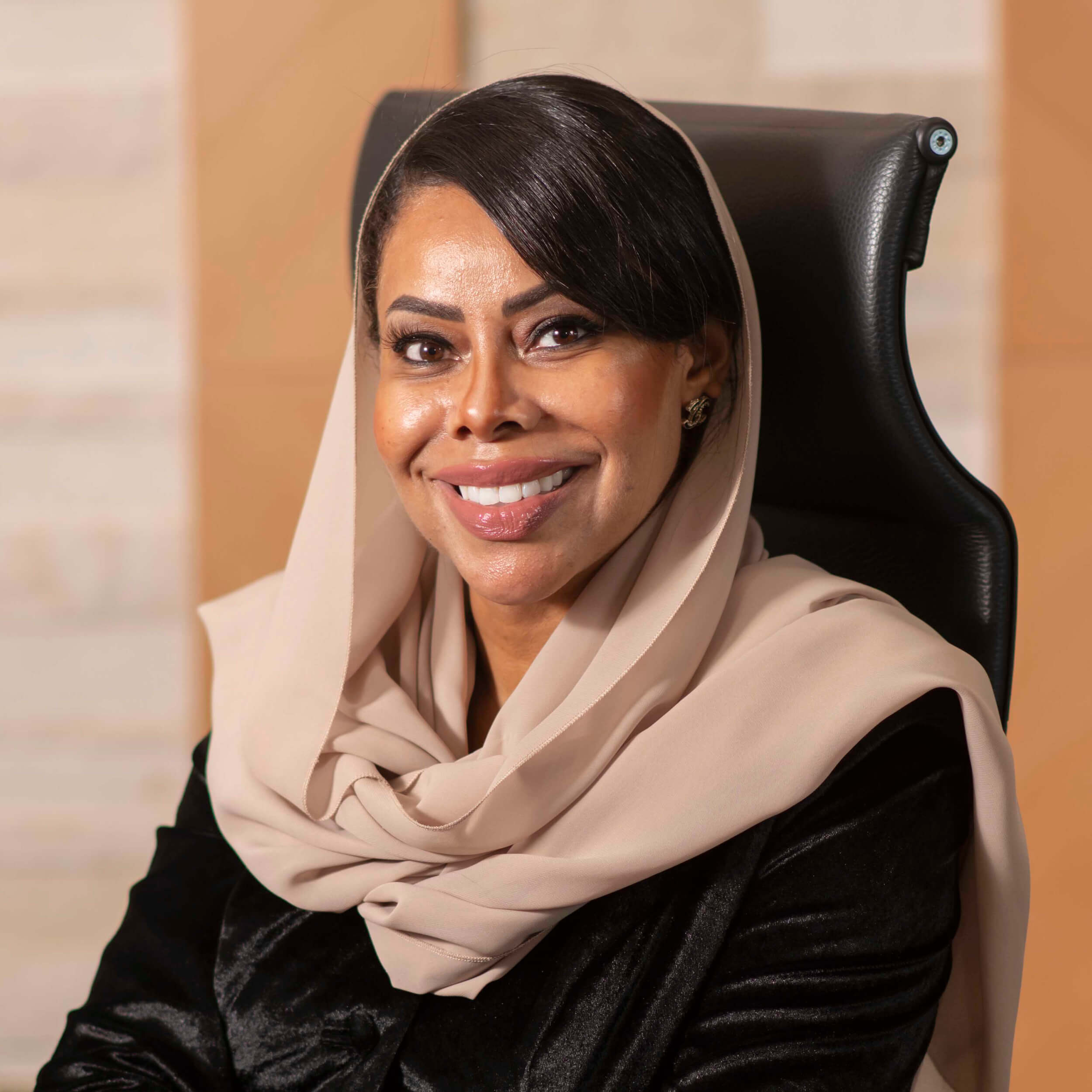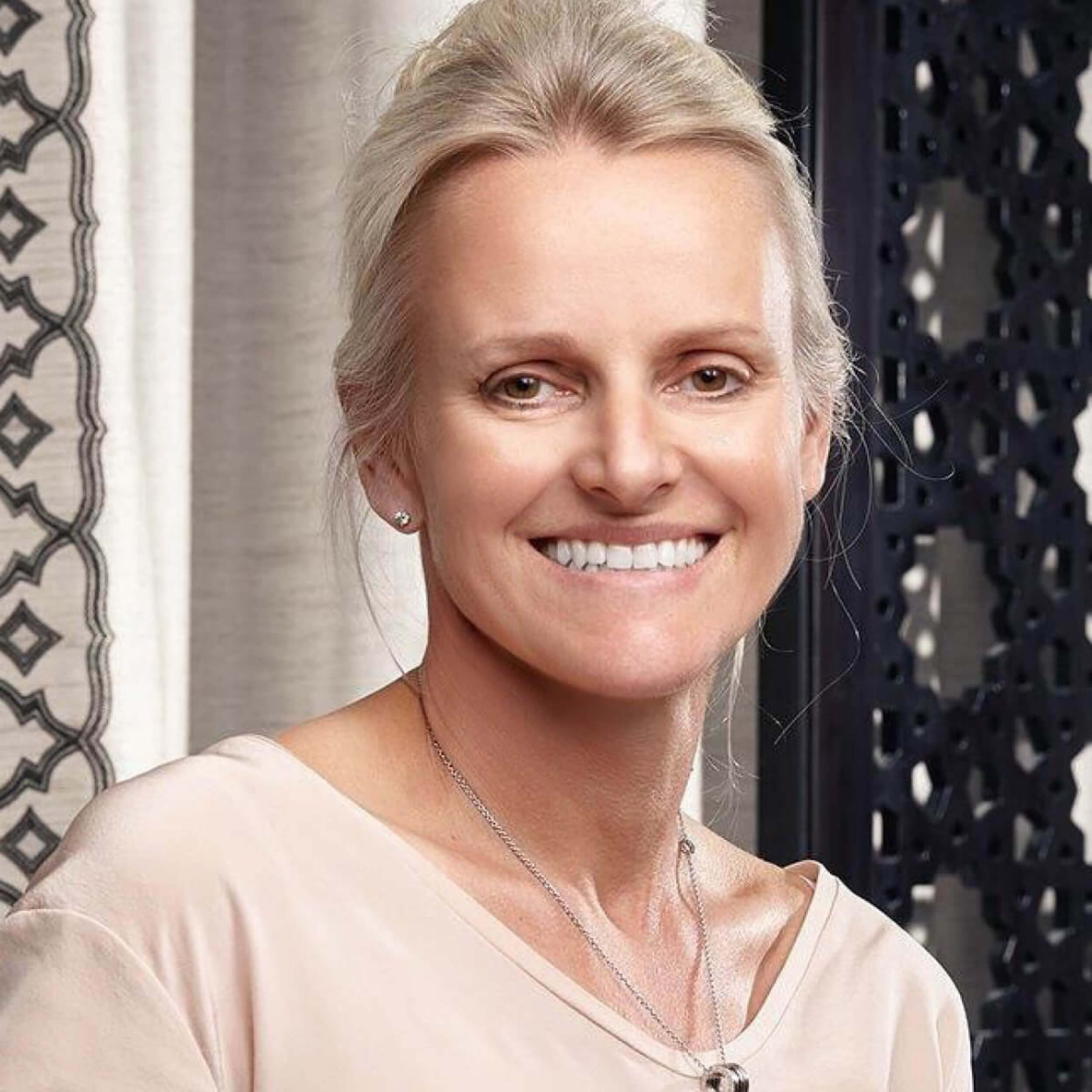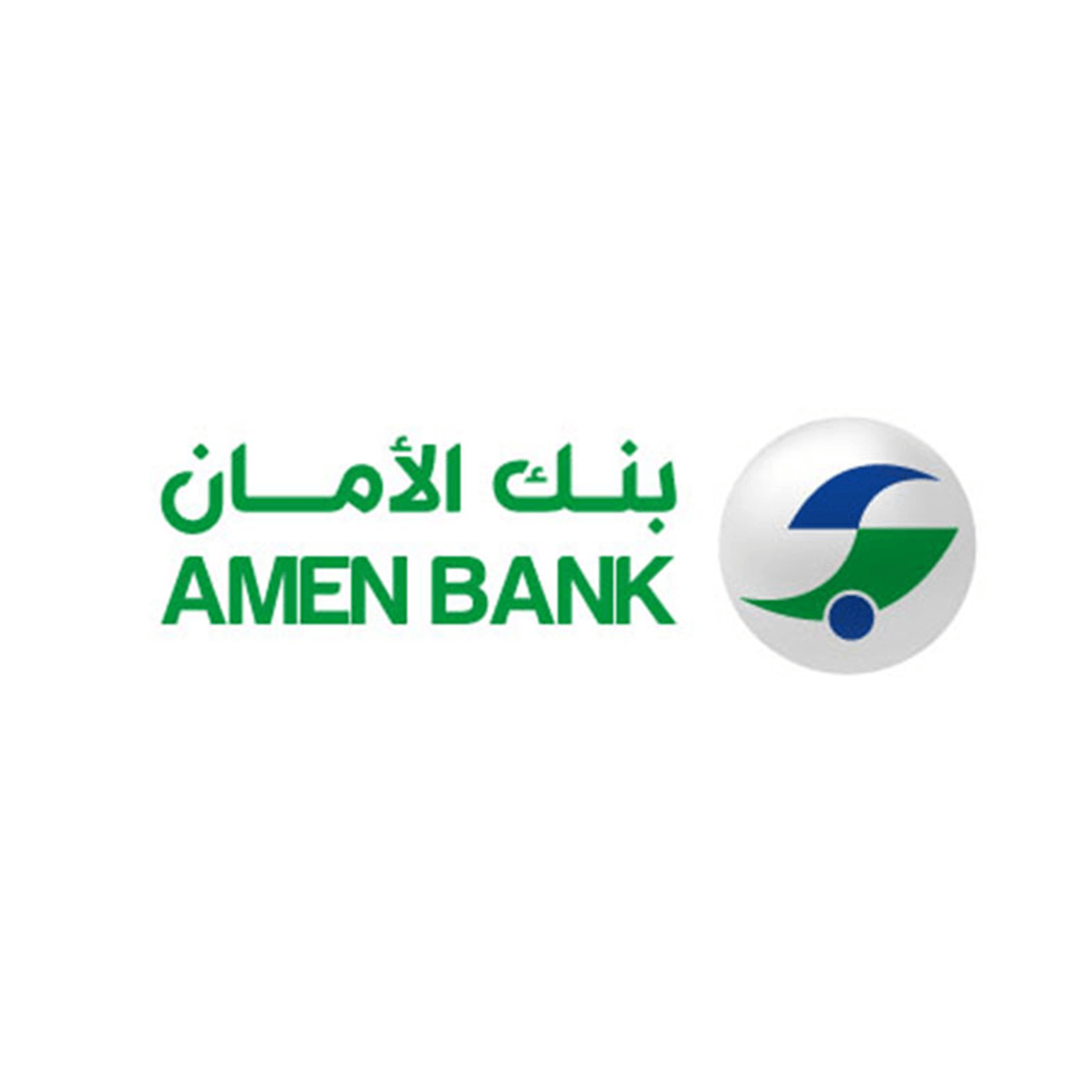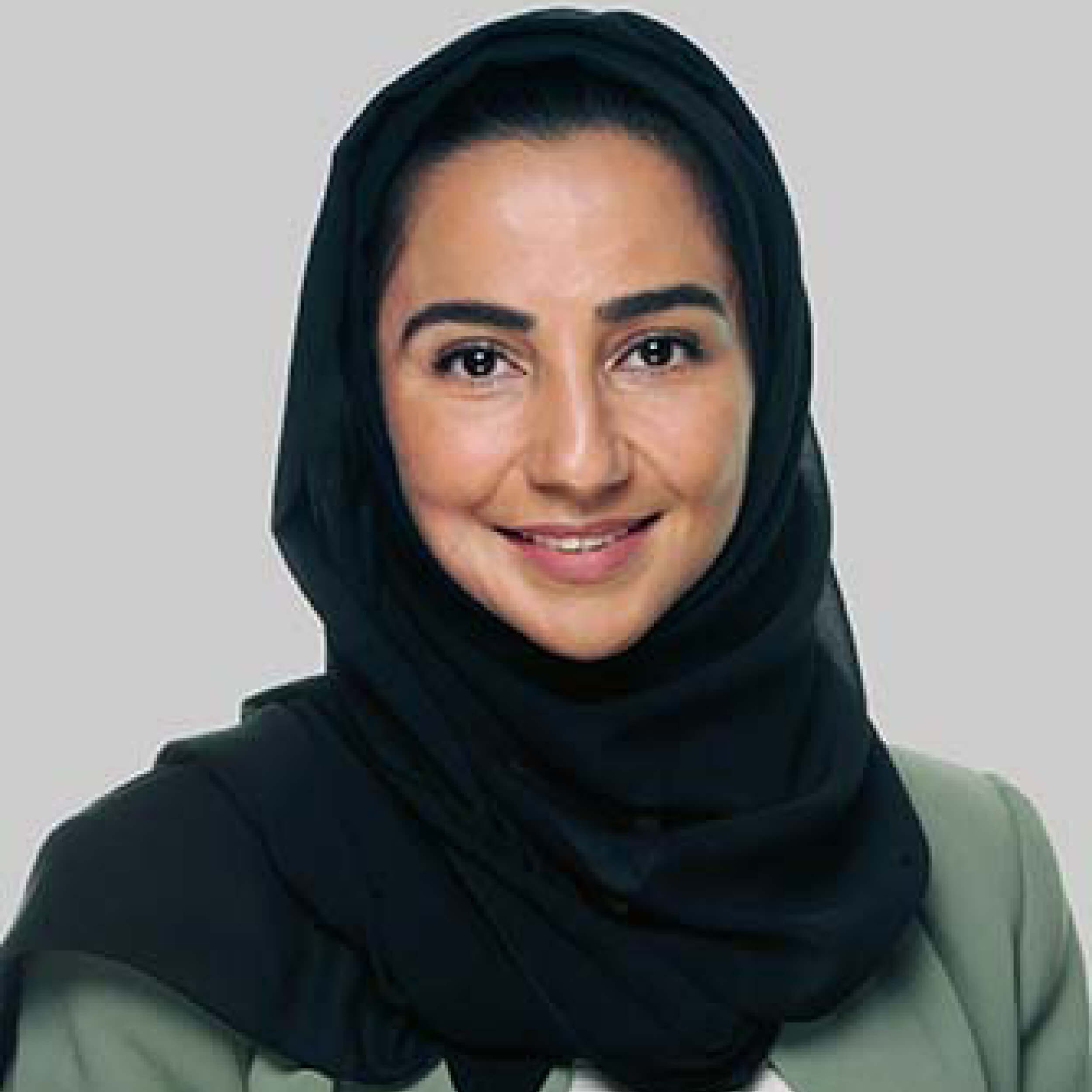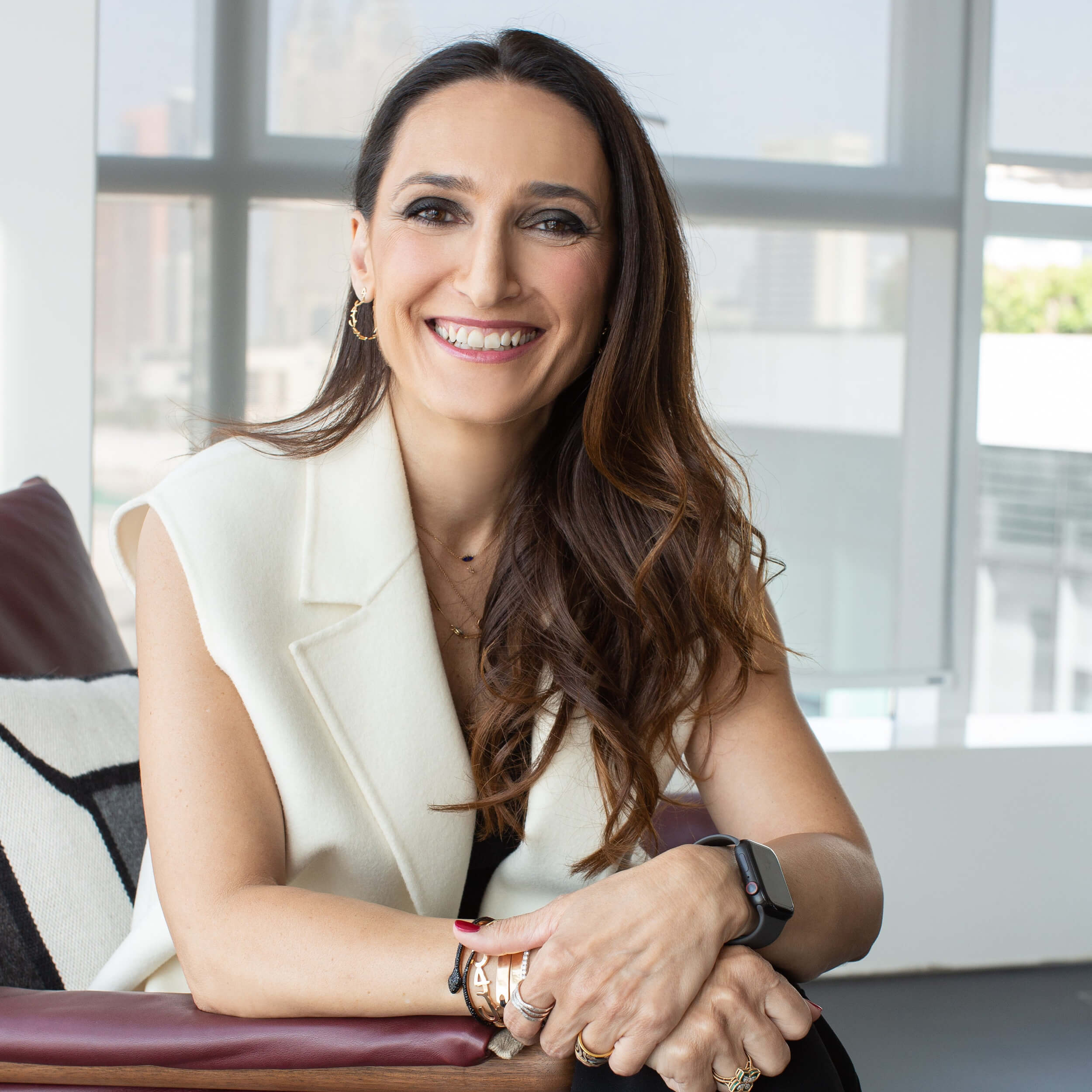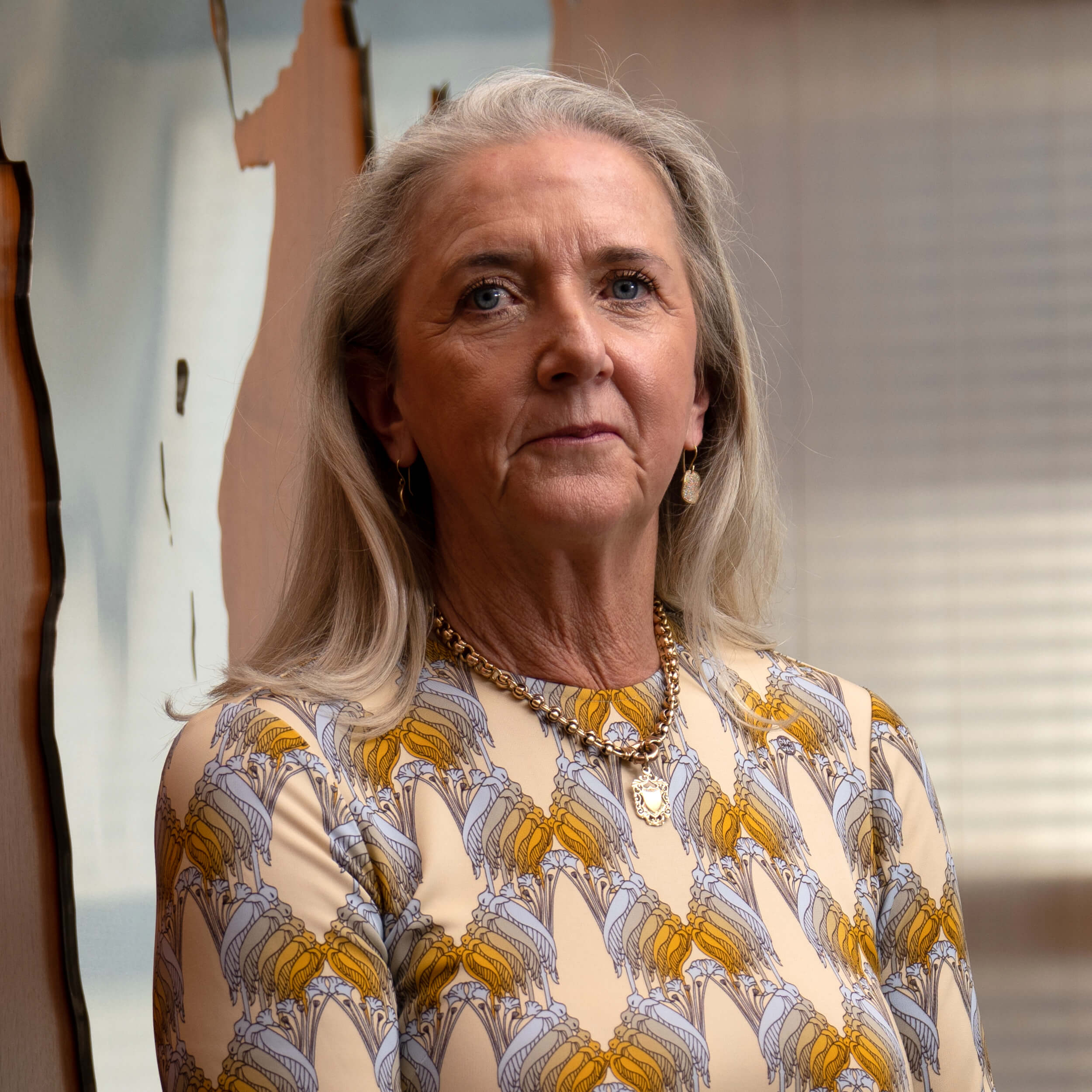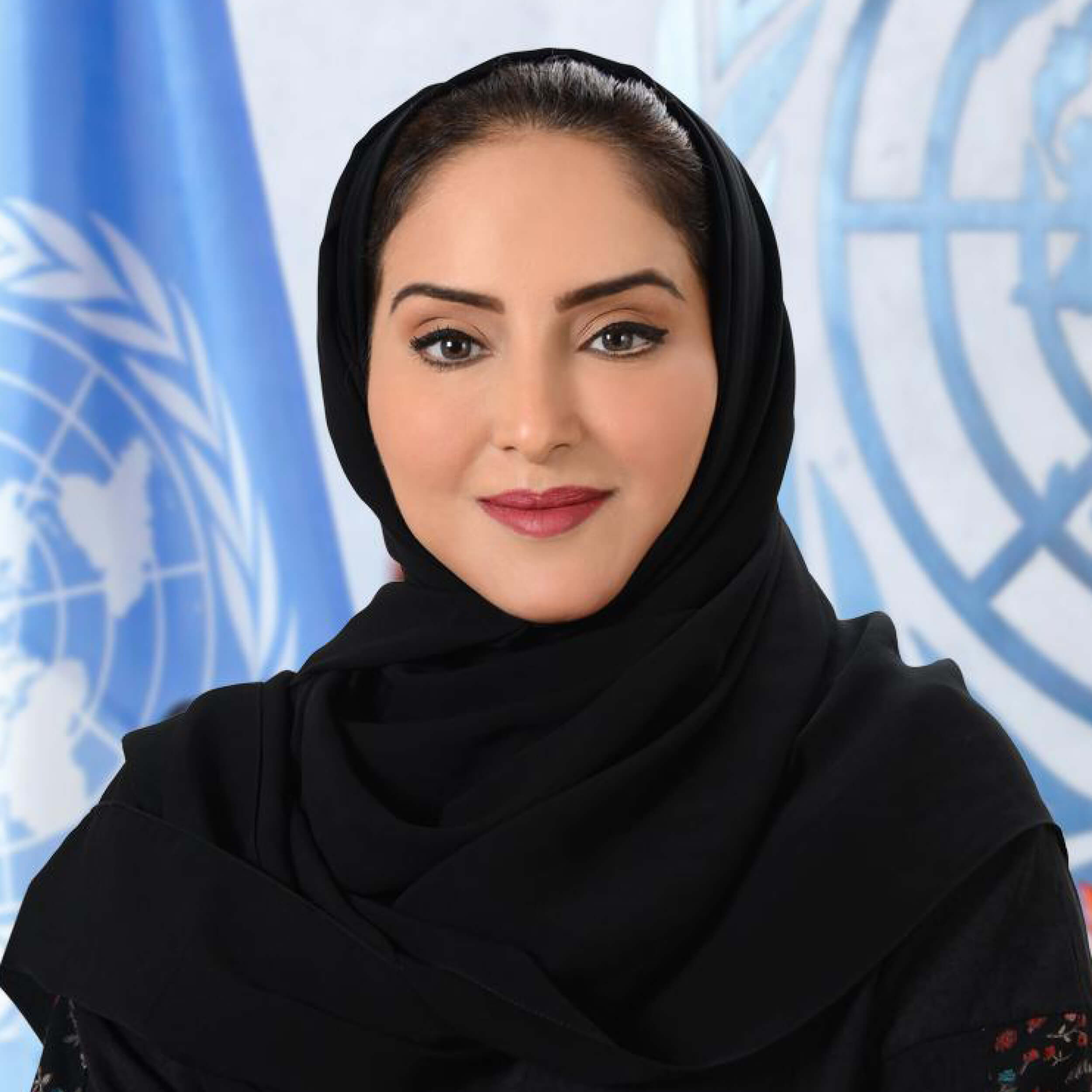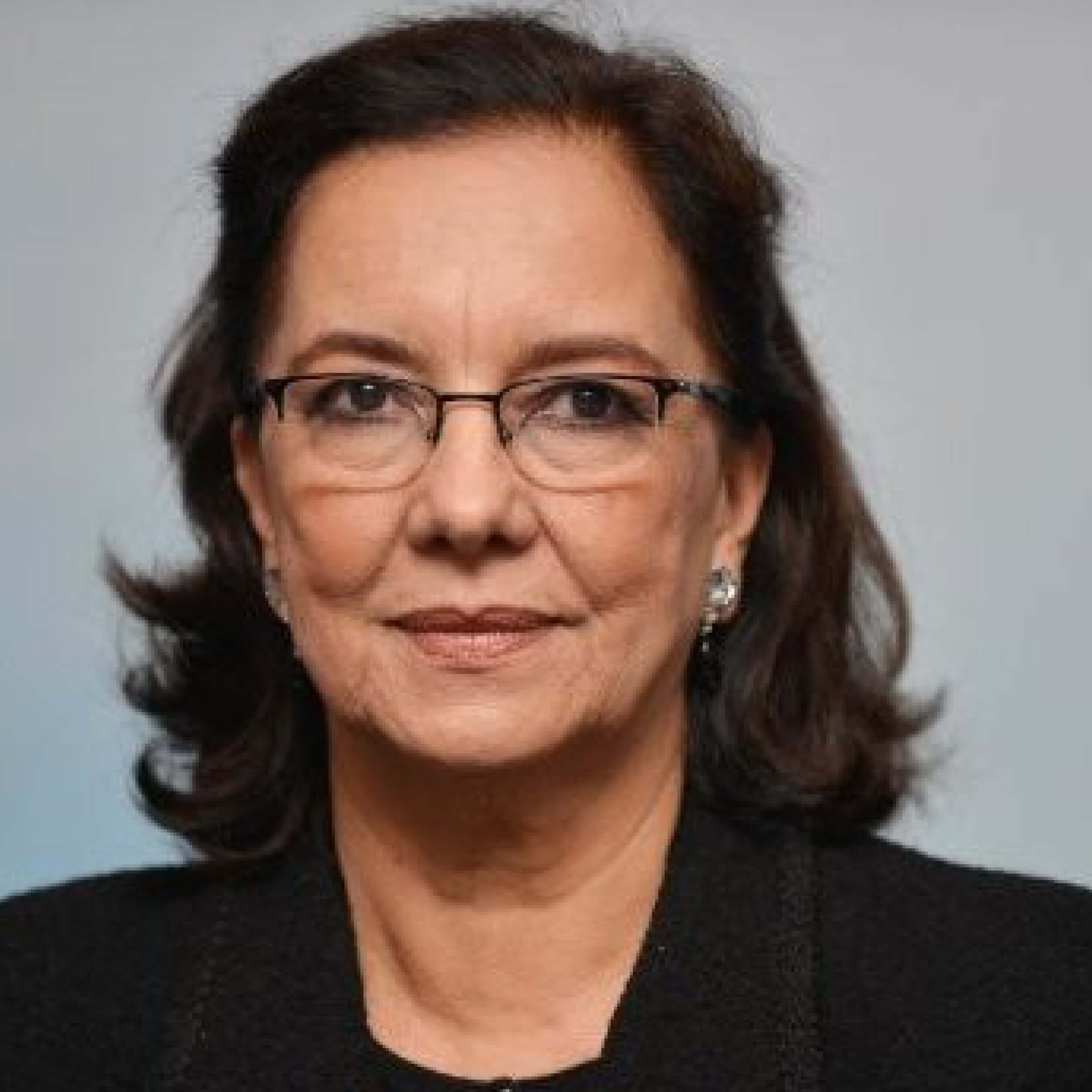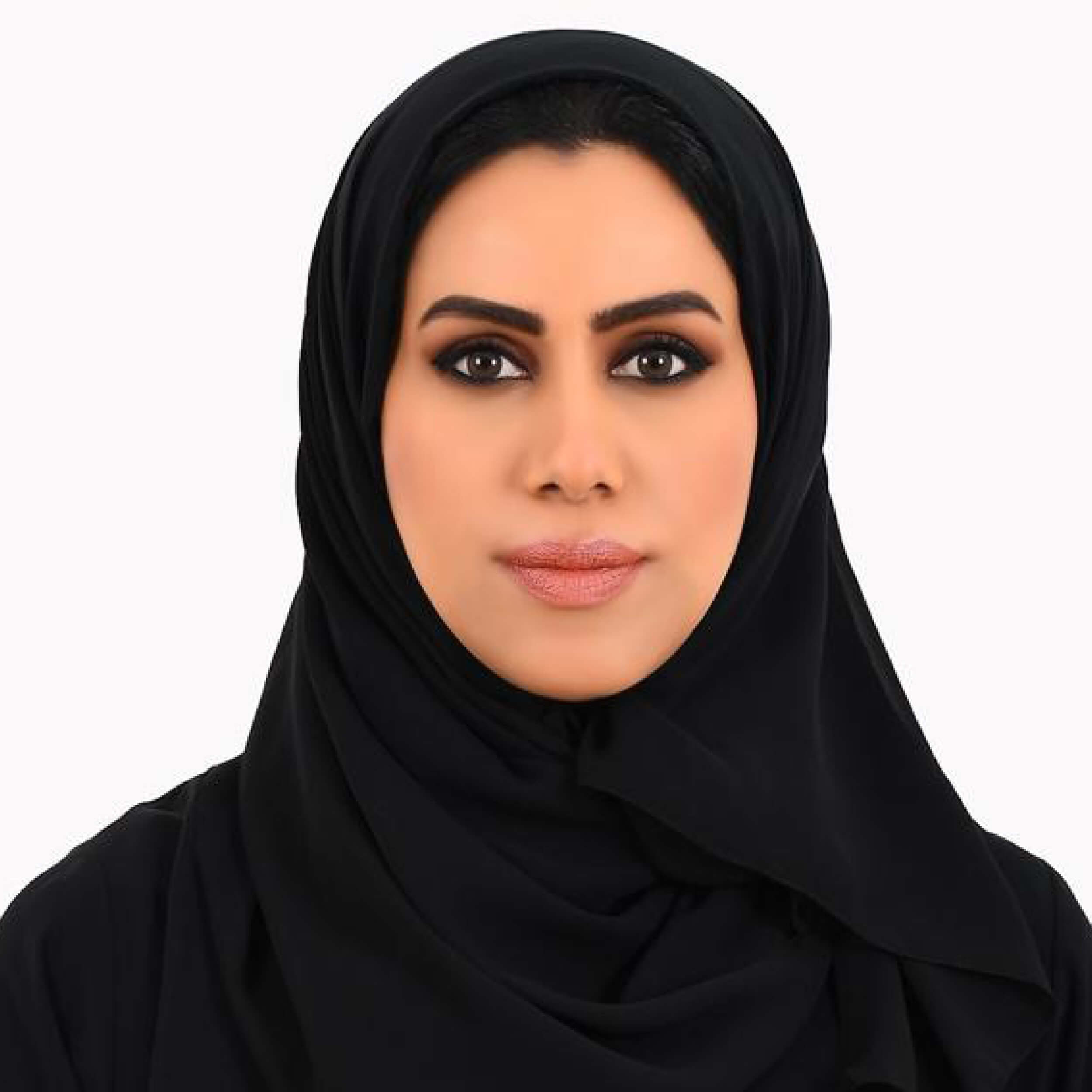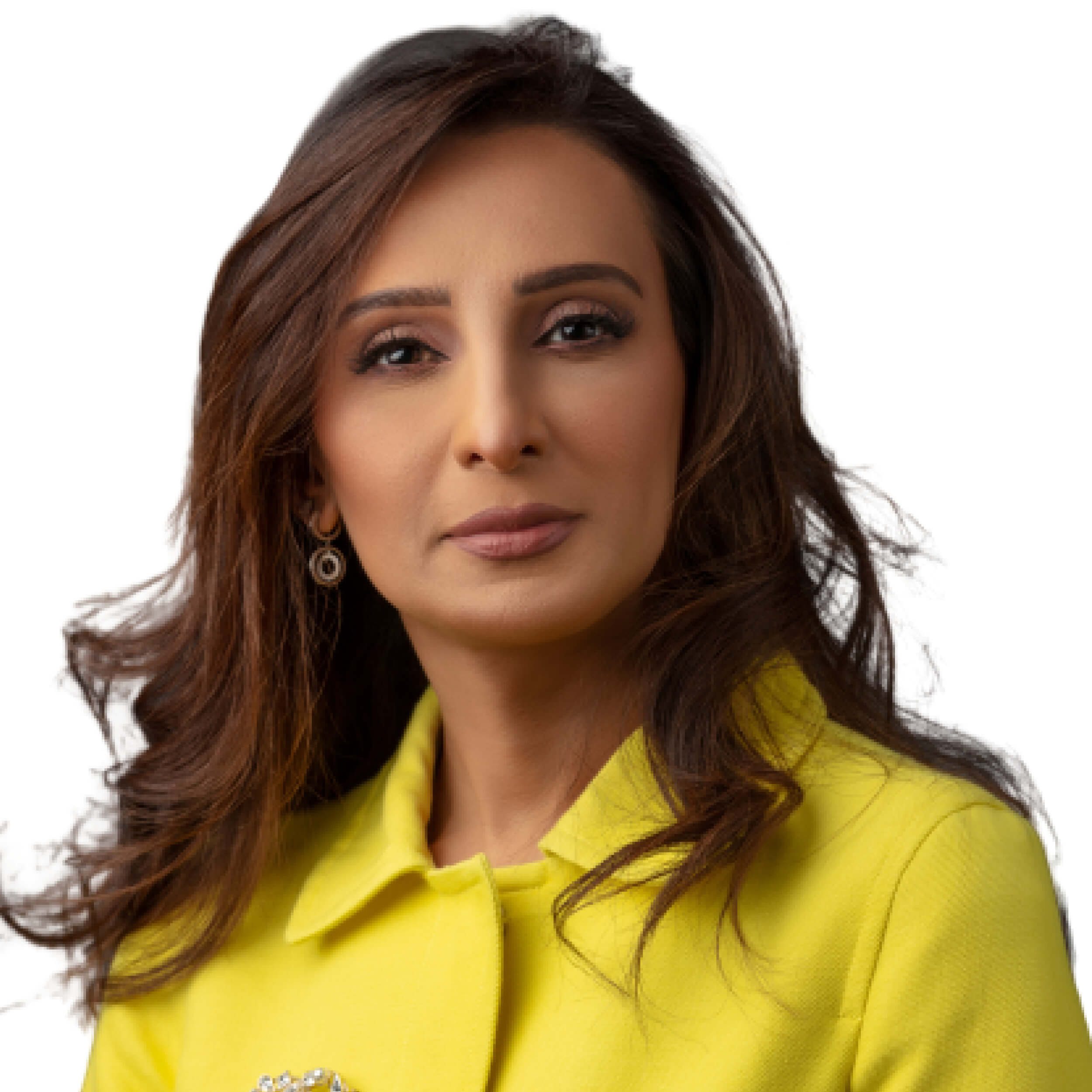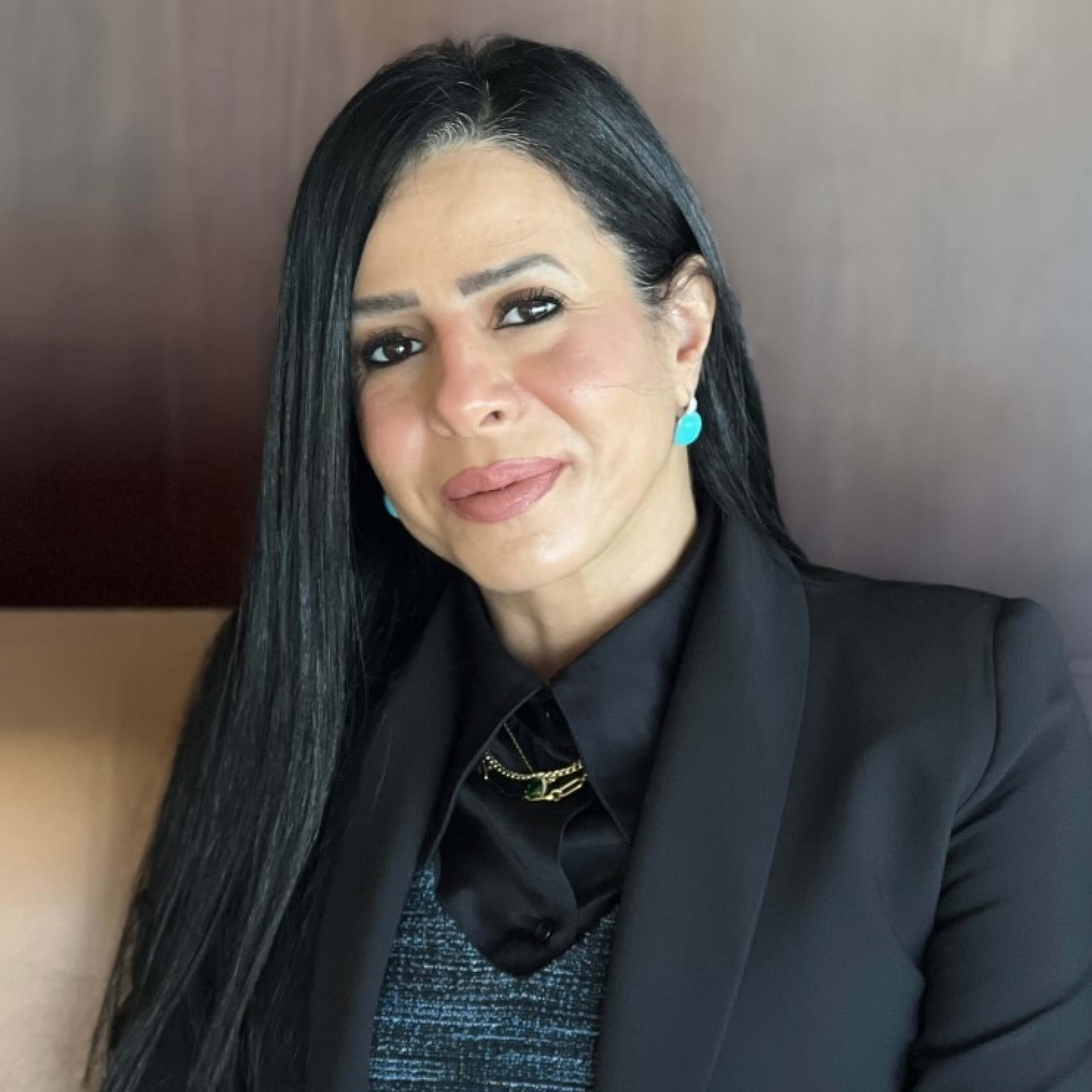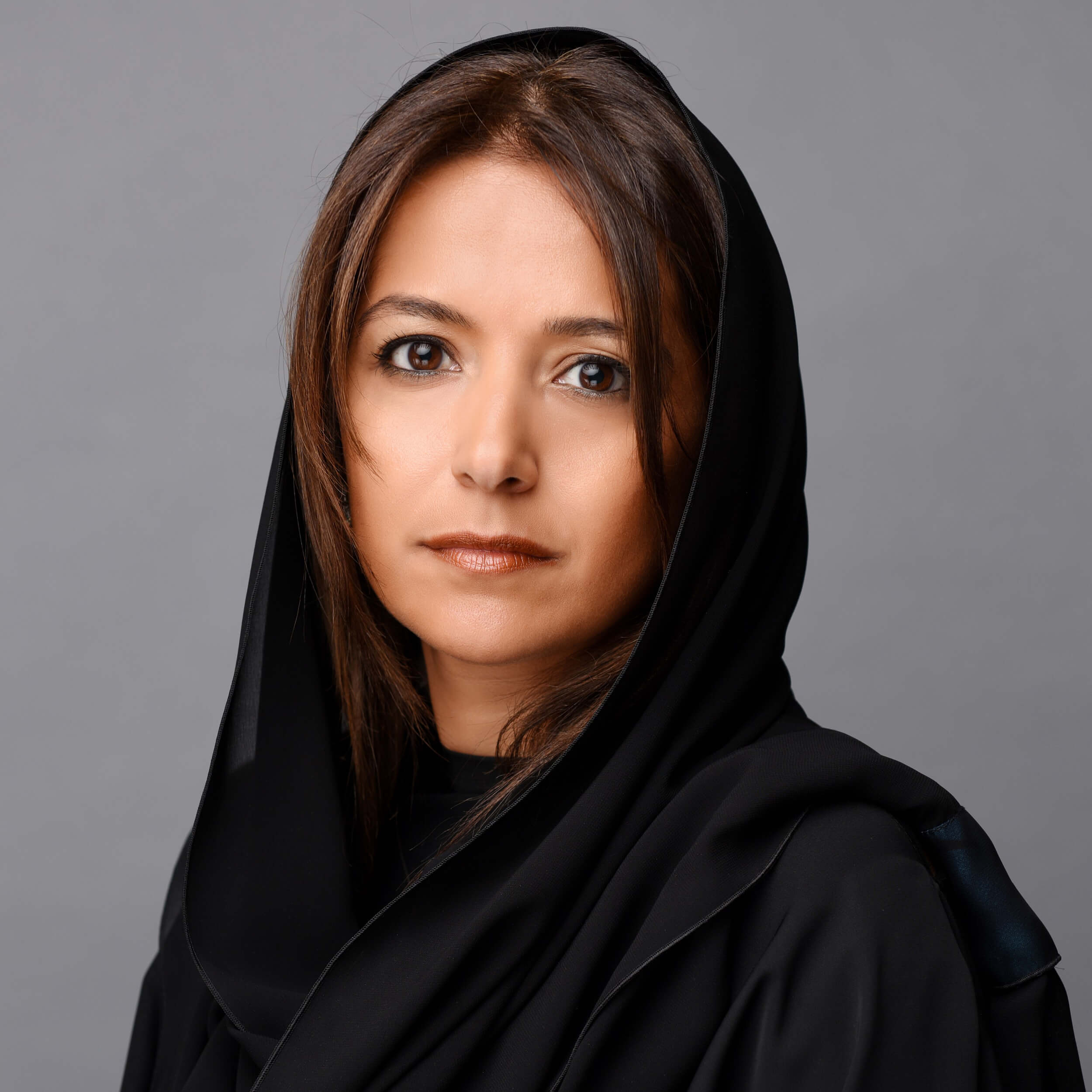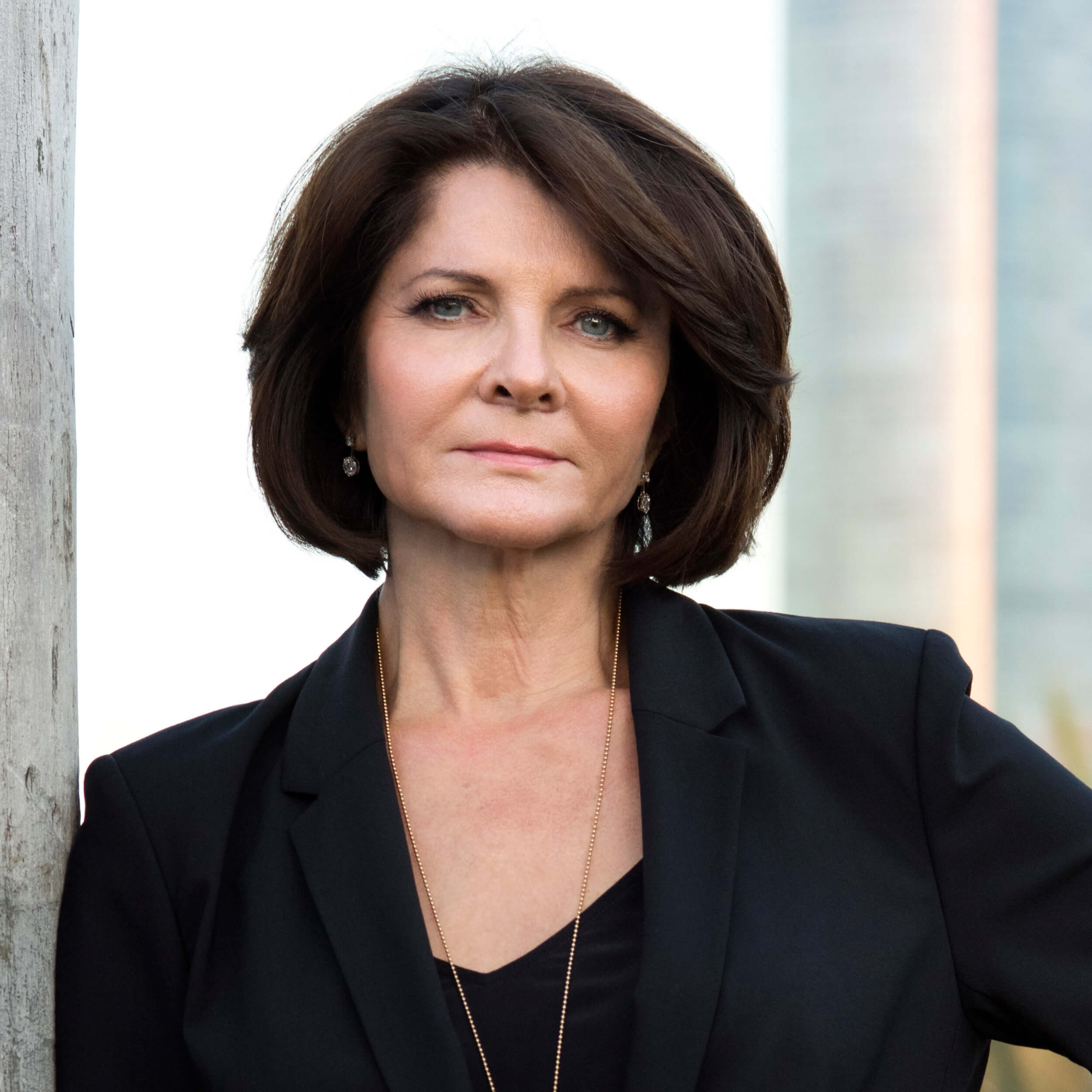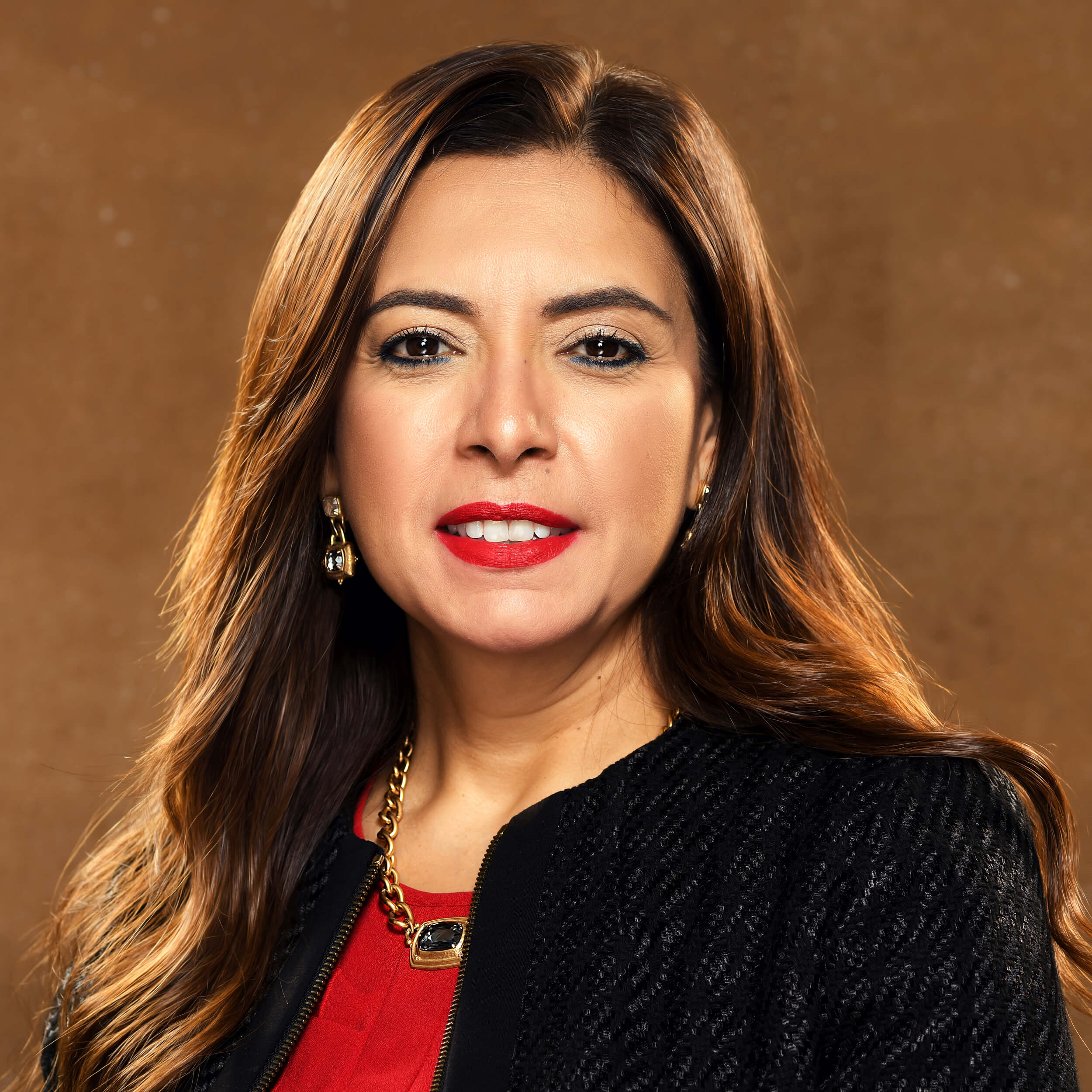THE MIDDLE EAST’S
100 Most Powerful
Businesswomen 2023


Women in the Middle East and North Africa today lead some of the largest companies in the region, with some also making their mark internationally.
Hana Al Rostamani, Group CEO of First Abu Dhabi Bank and Raja Easa Al Gurg, Chairperson & Managing Director of Easa Saleh Al Gurg Group were both recognized on Forbes’ list of the World’s 100 Most Powerful Women 2022, taking their place among some of the most influential female leaders globally. Mona Ataya, Founder and CEO of Mumzworld and Randa Sadik, CEO of Arab Bank were also recognized on Forbes 50 Over 50: Europe, Middle East, and Africa for 2023.
This year’s list of the region’s most powerful businesswomen features 100 entries, with 104 women from 27 different sectors and 27 nationalities. The banking and financial services sector dominates the list with 23 entries, followed by 11 who are leading diversified businesses, eight from the investments sector, six from the retail sector, and five from healthcare. The U.A.E. and Egypt scored the most entries at 15 and 12, respectively, followed by 11 from Saudi Arabia, eight from Kuwait, and six each from Lebanon, Qatar and Oman.
Methodology
When creating the ranking, we considered the following criteria, with each point assigned a weight.
• The impact that the leader has had on the region and the markets that she serves.
• The achievements and performance of the leader in the last year.
• The number and extensiveness of the sustainability and CSR initiatives led by the leader.
• Designation.
• Size of the business in terms of revenues, assets, AUM, market capitalization, and the number of employees.
• The number of years of industry experience that the leader has and the time they have served in their current role.
Methodology
• When creating the ranking, we considered the following criteria, with each point assigned a weight.
• The impact that the leader has had on the region and the markets that she serves.
• The achievements and performance of the leader in the last year.
• The number and extensiveness of the sustainability and CSR initiatives led by the leader.
• Designation.
• Size of the business in terms of revenues, assets, AUM, market capitalization, and the number of employees.
• The number of years of industry experience that the leader has and the time they have served in their current role.








